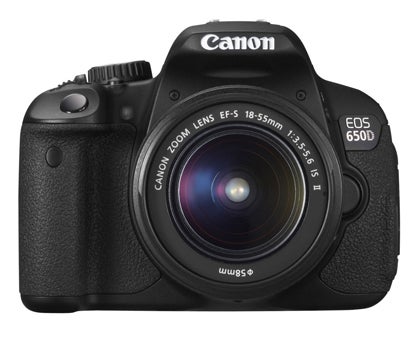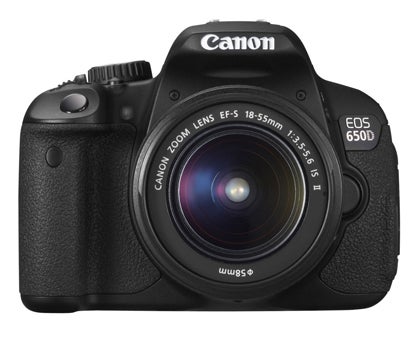The Canon EOS 650D is the world's first DSLR to be equipped with a touchscreen also arrives with a clever focusing system and a handful of extra features. The What Digital Camera Canon EOS 650D review investigates the extent to which their implementation has been successful
Canon EOS 650D Review
Value and Verdict
Canon EOS 650D – Value
At around £230 more than the EOS 600D, the new model can’t be said to be particularly good value right now, although its price is more than likely to descend once it’s settled into the market. Its USP is very much its touchscreen, given that its other headline features are equalled or bettered by the likes of Sony’s a57 and Nikon’s D3200. As a body-only upgrade to the EOS 600D it’s unlikely to tempt too many, although users of Canon’s earlier triple digit models might be more inclined to make the leap.

Canon EOS 650D – Verdict
Combining a touchscreen into a DSLR would always be controversial, but DSLR LCDs have, for some time now, been much more than simply devices for viewing images post-capture – and this would always be the next logical move. Not only has Canon implemented the technology well, but it hasn’t sought to make it obligatory for general operation. It’s unlikely this will remain unique to the EOS 650D.
Most of the other changes may not in themselves be significant, but collectively they make the EOS 650D a more enjoyable camera to use than the EOS 600D. With live view and video recording still not universally embraced, it’s perhaps the changes to the focusing system that have been the most important. In summary, it’s an interesting and logical progression for the EOS line, and once the price falls a little it will be a decent upgrade option for users of previous Canon DSLRs.
Many thanks to Cameraworld for supplying the Canon EOS 650D for review.





